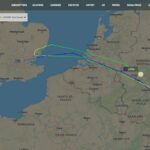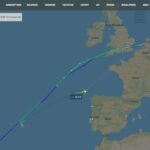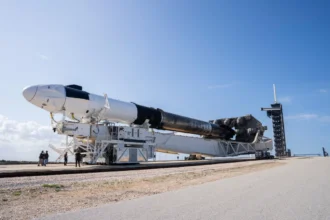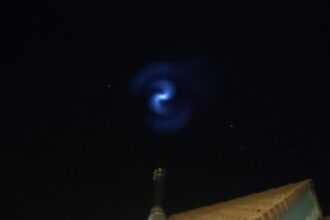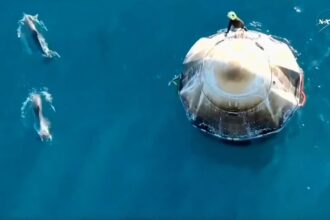On 8 September 2024, Salsa (Cluster 2), one of four satellites that make up ESA’s Cluster mission, will reenter Earth’s atmosphere over the South Pacific Ocean Uninhabited Area.
Salsa’s reentry marks the end of the historic Cluster mission, over 24 years after the quartet was sent into space to measure Earth’s magnetic environment.
Though the remaining three satellites will also stop making scientific observations, discoveries using existing mission data are expected for years to come.
This ‘targeted reentry’ is the first of its kind, and goes well beyond international standards. ESA is committed to ensuring the long-term sustainability of space activities by mitigating the creation of space debris wherever possible and ensuring the safest possible reentry of its satellites at the end of their lives.
A targeted reentry involves manoeuvring a satellite months to years in advance to line it up for a limited geographical region, where it reenters the atmosphere at a specific time. It does not require the spacecraft to be controlled during the reentry itself.
Salsa’s reentry marks the first time that anyone has targeted the demise of a satellite with an eccentric orbit in this way. Not much of the 550 kg satellite is expected to endure, with most fragments burning up around 80 km above Earth’s surface. Some parts might partially survive the high friction and fragmentation.
The end of the Cluster mission also offers a rare chance to study the reentries of four identical satellites at different times and under different conditions. The resulting data will improve our understanding of atmospheric reentry and inform the design of ‘zero-debris’ satellites.




